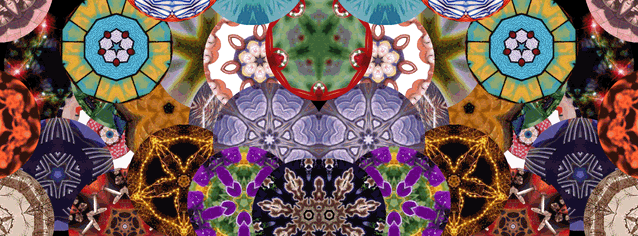
Hi everyone!
Would you like to practice some reading?
Here you are a text I found at www.britishcouncil.org about houses, techonology and environment. I think it's quite interesting and you can also do some activities on the text
hereENERGY SAVING HOMES FOR EVERYONEEnergy-saving homes are no longer just a high-priced hope for the future. A housing project just outside of London is showing that technological housing can be built to help the general population and the world's environment.
HOW DOES THE PROYECT WORK?he Ecopark project has built 39 houses that use a selection of energy-saving technological fixtures and fittings. None of these are brand new inventions - many of them have been around for some time but have often been considered too expensive. This project proves that times have changed; saving energy is no longer just for the wealthy who can afford futuristic homes. When these simple devices are used together, in everyday housing, the result is modern energy-saving homes that most can afford.
HOW IS THE ENERGY SAVED?Each house will save energy by creating its own power through solar collectors, which use the sun's energy to heat water. Under-floor heating offers a more cost-effective source of warmth. Low flush toilets and spray taps save water. Sunrooms provide spaces that are lit and heated by the sun's energy. Rooms are painted with water-based paints (rather than oil-based paints that are a drain on the Earth's natural resources). Non-drinking water for washing is recycled for flushing. These will save energy; just as importantly, they will save money through lower water and electricity bills.
SHOWING US HOWSo that people can see how the energy-saving technology works, the project includes a Naked House. This is part of the site's visitor centre. Built with see-through walls and cut-away sections, this offers visitors the chance to see each device in action.
The visitors' Centre is open to the general public and bookings can be made at http://www.gallionsecopark.co.uk.
WHY BUILD ENERGY-SAVING HOMES?Energy-saving is more important today that it ever was. The Earth's own natural resources are slowly reducing year by year; meanwhile, the population is growing. Projects like this are vital if we are to sustain our living standards and the planet we live on.
WHAT NEXT?Ecopark shows us that innovation is part of everyday life - that inventions are not dreams for the future. This project proves that energy-saving can work in everyday housing. Today, it's a new idea; tomorrow it could be the standard way to build every home.





